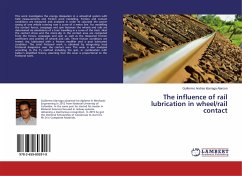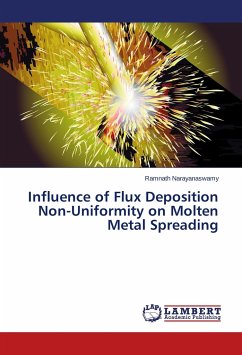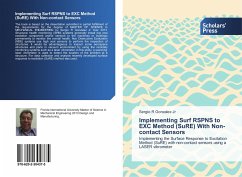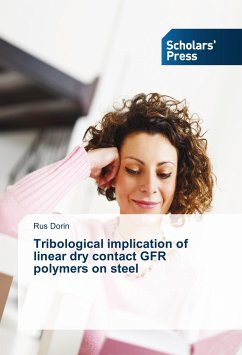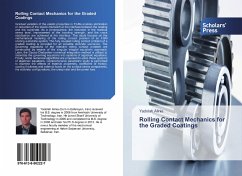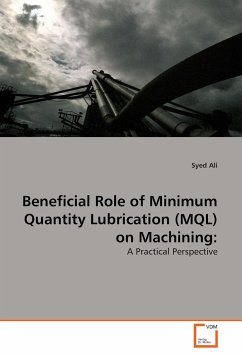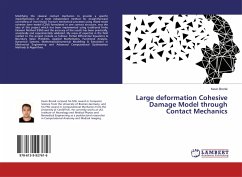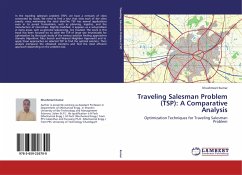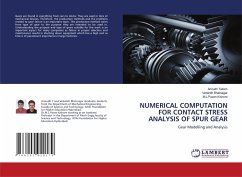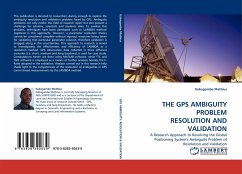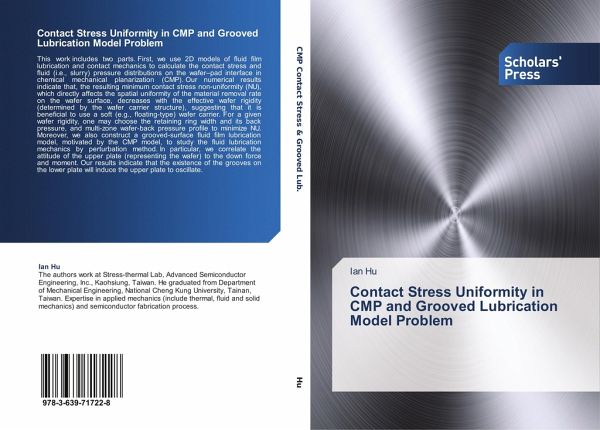
Contact Stress Uniformity in CMP and Grooved Lubrication Model Problem
Versandkostenfrei!
Versandfertig in 6-10 Tagen
53,99 €
inkl. MwSt.

PAYBACK Punkte
27 °P sammeln!
This work includes two parts. First, we use 2D models of fluid film lubrication and contact mechanics to calculate the contact stress and fluid (i.e., slurry) pressure distributions on the wafer pad interface in chemical mechanical planarization (CMP). Our numerical results indicate that, the resulting minimum contact stress non-uniformity (NU), which directly affects the spatial uniformity of the material removal rate on the wafer surface, decreases with the effective wafer rigidity (determined by the wafer carrier structure), suggesting that it is beneficial to use a soft (e.g., floating-typ...
This work includes two parts. First, we use 2D models of fluid film lubrication and contact mechanics to calculate the contact stress and fluid (i.e., slurry) pressure distributions on the wafer pad interface in chemical mechanical planarization (CMP). Our numerical results indicate that, the resulting minimum contact stress non-uniformity (NU), which directly affects the spatial uniformity of the material removal rate on the wafer surface, decreases with the effective wafer rigidity (determined by the wafer carrier structure), suggesting that it is beneficial to use a soft (e.g., floating-type) wafer carrier. For a given wafer rigidity, one may choose the retaining ring width and its back pressure, and multi-zone wafer-back pressure profile to minimize NU. Moreover, we also construct a grooved-surface fluid film lubrication model, motivated by the CMP model, to study the fluid lubrication mechanics by perturbation method. In particular, we correlate the attitude of the upper plate (representing the wafer) to the down force and moment. Our results indicate that the existence of the grooves on the lower plate will induce the upper plate to oscillate.



